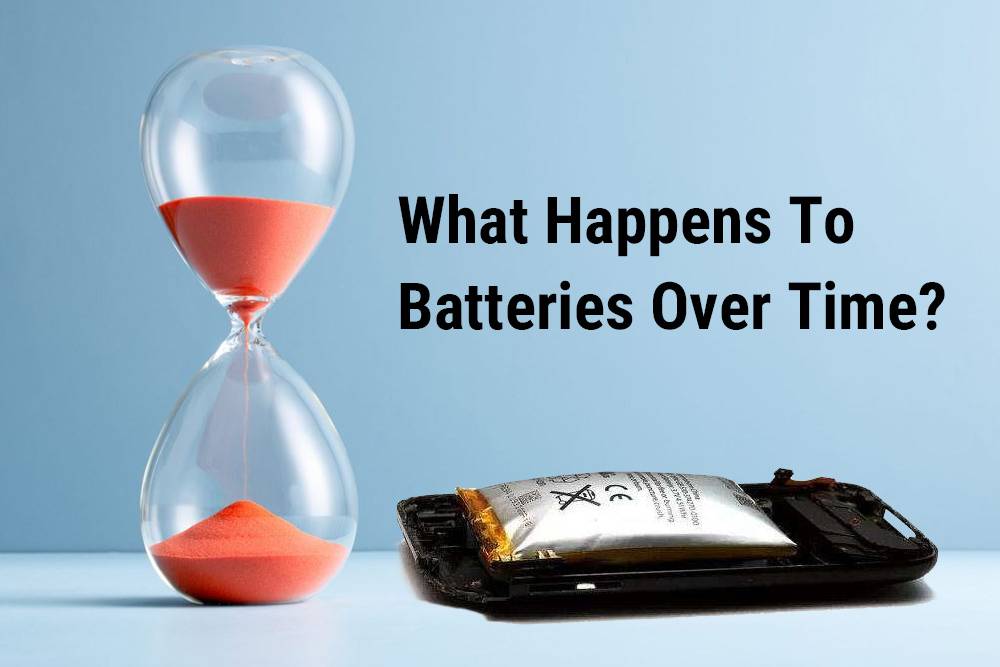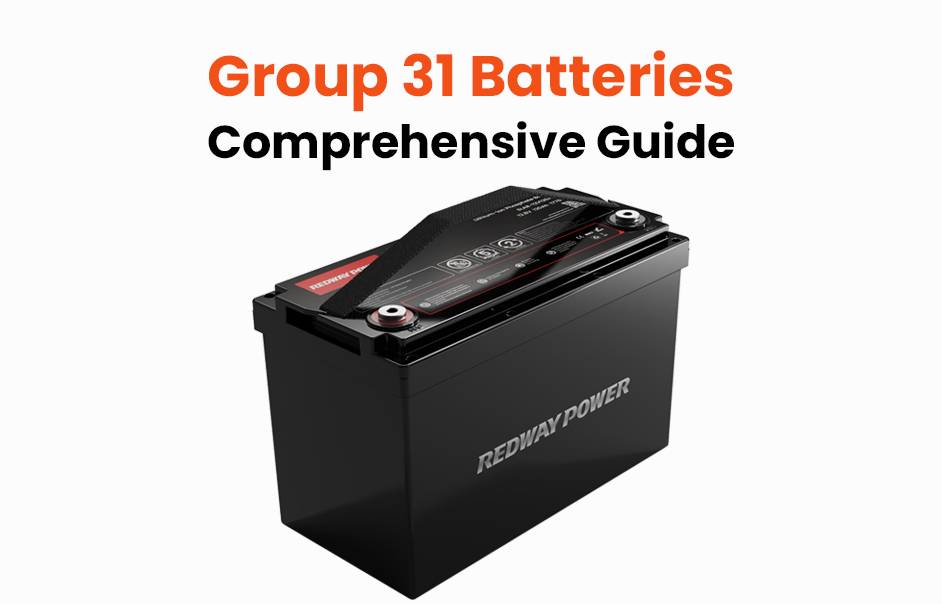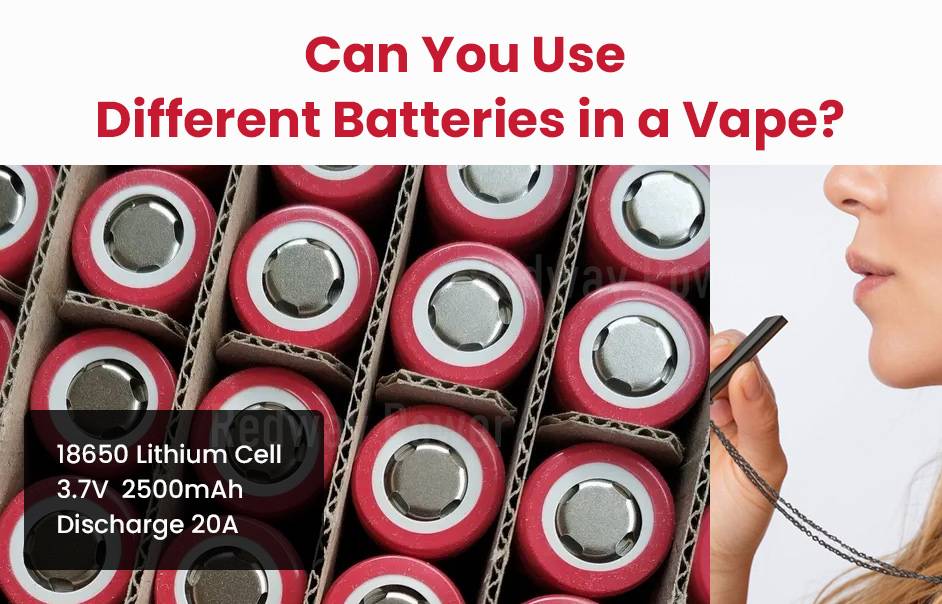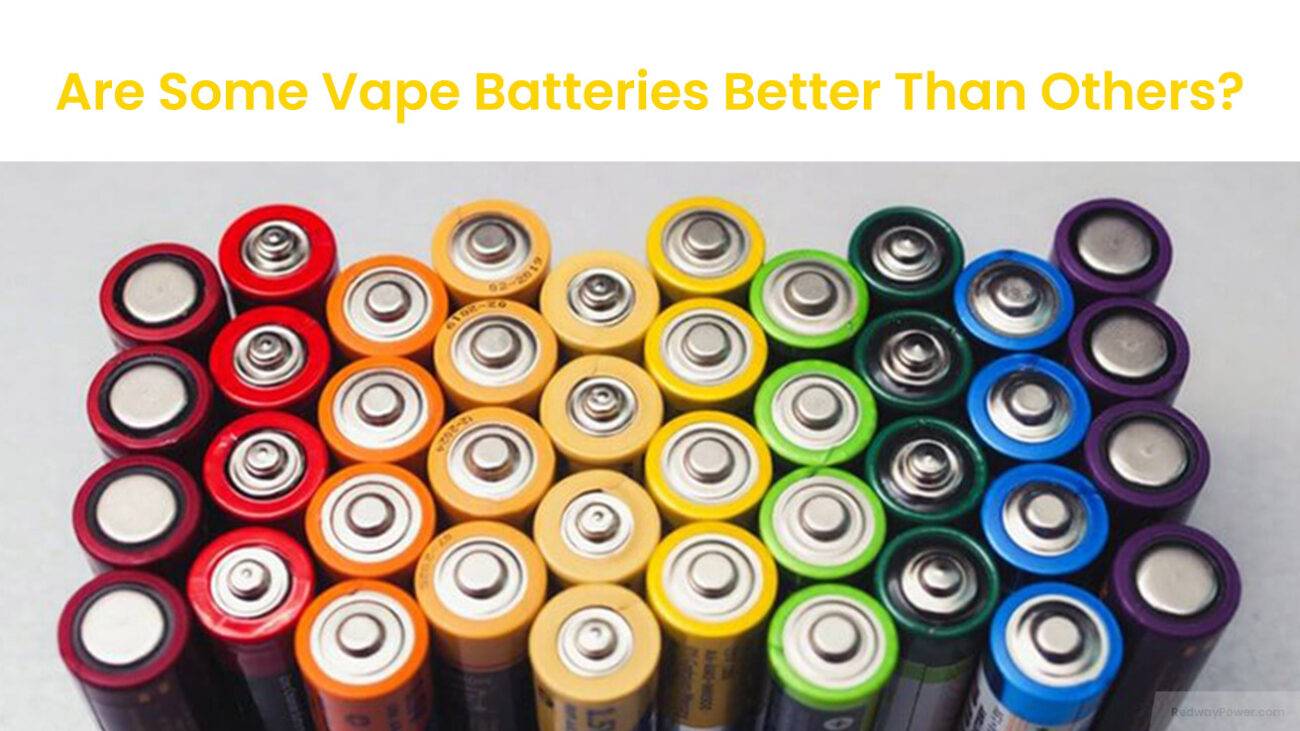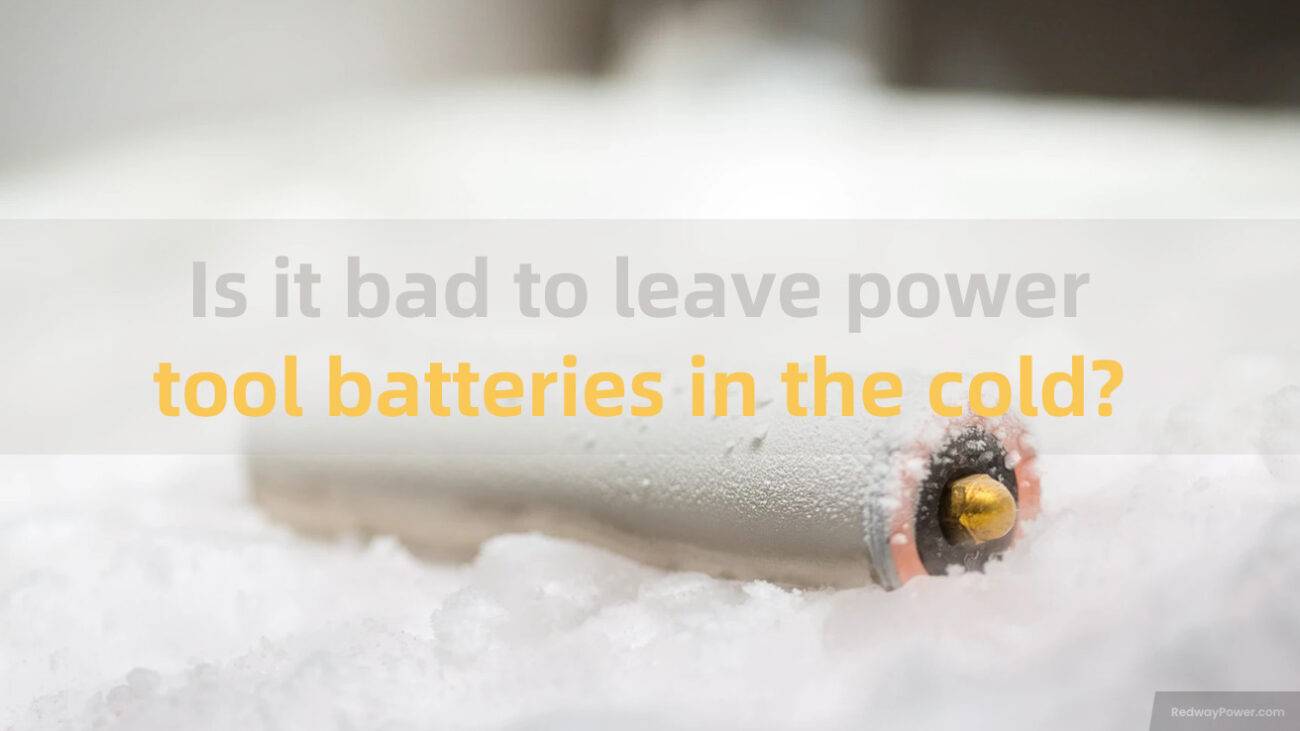- Forklift Lithium Battery
-
48V
- 48V 210Ah
- 48V 300Ah
- 48V 420Ah (949 x 349 x 569 mm)
- 48V 420Ah (950 x 421 x 450 mm)
- 48V 456Ah
- 48V 460Ah (830 x 630 x 590 mm)
- 48V 460Ah (950 x 421 x 450 mm)
- 48V 460Ah (800 x 630 x 600 mm)
- 48V 460Ah (820 x 660 x 470 mm)
- 48V 500Ah
- 48V 560Ah (810 x 630 x 600 mm)
- 48V 560Ah (950 x 592 x 450 mm)
- 48V 600Ah
- 48V 630Ah
-
48V
- Lithium Golf Cart Battery
- 12V Lithium Battery
12V 150Ah Lithium RV Battery
Bluetooth App | BCI Group 31
LiFePO4 Lithium
Discharge Temperature -20°C ~ 65°C
Fast Charger 14.6V 50A
Solar MPPT Charging - 24V Lithium Battery
- 36V Lithium Battery
- 48V Lithium Battery
-
48V LiFePO4 Battery
- 48V 50Ah
- 48V 50Ah (for Golf Carts)
- 48V 60Ah (8D)
- 48V 100Ah (8D)
- 48V 100Ah
- 48V 100Ah (Discharge 100A for Golf Carts)
- 48V 100Ah (Discharge 150A for Golf Carts)
- 48V 100Ah (Discharge 200A for Golf Carts)
- 48V 150Ah (for Golf Carts)
- 48V 160Ah (Discharge 100A for Golf Carts)
- 48V 160Ah (Discharge 160A for Golf Carts)
-
48V LiFePO4 Battery
- 60V Lithium Battery
-
60V LiFePO4 Battery
- 60V 20Ah
- 60V 30Ah
- 60V 50Ah
- 60V 50Ah (Small Size / Side Terminal)
- 60V 100Ah (for Electric Motocycle, Electric Scooter, LSV, AGV)
- 60V 100Ah (for Forklift, AGV, Electric Scooter, Sweeper)
- 60V 150Ah (E-Motocycle / E-Scooter / E-Tricycle / Tour LSV)
- 60V 200Ah (for Forklift, AGV, Electric Scooter, Sweeper)
-
60V LiFePO4 Battery
- 72V~96V Lithium Battery
- Rack-mounted Lithium Battery
- E-Bike Battery
- All-in-One Home-ESS
- Wall-mount Battery ESS
-
Home-ESS Lithium Battery PowerWall
- 24V 100Ah 2.4kWh PW24100-S PowerWall
- 48V 50Ah 2.4kWh PW4850-S PowerWall
- 48V 50Ah 2.56kWh PW5150-S PowerWall
- 48V 100Ah 5.12kWh PW51100-F PowerWall (IP65)
- 48V 100Ah 5.12kWh PW51100-S PowerWall
- 48V 100Ah 5.12kWh PW51100-H PowerWall
- 48V 200Ah 10kWh PW51200-H PowerWall
- 48V 300Ah 15kWh PW51300-H PowerWall
PowerWall 51.2V 100Ah LiFePO4 Lithium Battery
Highly popular in Asia and Eastern Europe.
CE Certification | Home-ESS -
Home-ESS Lithium Battery PowerWall
- Portable Power Stations
What Are DC Batteries and How Do They Function?
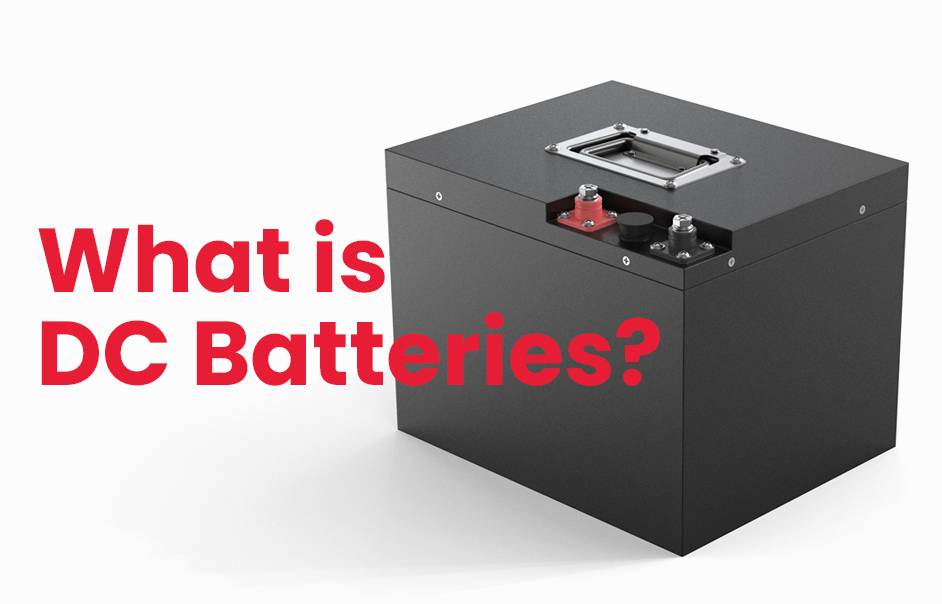
DC batteries, or direct current batteries, are essential power sources that provide electrical energy in a unidirectional flow. They are commonly used in various applications, including portable electronics and renewable energy systems, due to their reliability and efficiency.
What Are DC Batteries and How Do They Work?
DC batteries generate direct current by allowing electric charges to flow consistently in one direction. This is achieved through electrochemical reactions occurring within the battery cells, where electrons move from the negative terminal to the positive terminal when connected to a circuit.
Chart: Basic Operation of a DC Battery
| Component | Function |
|---|---|
| Anode (Negative) | Source of electrons during discharge |
| Cathode (Positive) | Accepts electrons during discharge |
| Electrolyte | Facilitates ion movement between terminals |
What Types of DC Batteries Are Commonly Used?
Several types of DC batteries are prevalent in various applications:
- Lead-Acid Batteries: Widely used in vehicles due to their reliability.
- Lithium-Ion Batteries: Popular in consumer electronics for their lightweight design and high energy density.
- Nickel-Cadmium (NiCd) Batteries: Known for their durability and ability to deliver high discharge rates.
- Nickel-Metal Hydride (NiMH) Batteries: Often used in hybrid vehicles due to their higher energy density compared to NiCd.
Chart: Comparison of Common DC Battery Types
| Type | Energy Density | Rechargeable | Typical Applications |
|---|---|---|---|
| Lead-Acid | Low | Yes | Cars, UPS systems |
| Lithium-Ion | High | Yes | Smartphones, laptops |
| Nickel-Cadmium (NiCd) | Moderate | Yes | Power tools |
| Nickel-Metal Hydride | High | Yes | Hybrid vehicles |
What Are the Advantages and Disadvantages of Using DC Batteries?
DC batteries offer several advantages:
- Consistent Power Supply: They provide stable voltage levels ideal for sensitive electronic devices.
- Efficiency: There are no losses associated with converting AC to DC, making them efficient for direct applications.
However, they also have disadvantages:
- Limited Energy Storage Capacity: Compared to some alternatives, they may have lower storage capabilities.
- Cost: Some types, like lithium-ion, can be more expensive upfront.
How Do DC Batteries Store Energy?
DC batteries store energy through chemical reactions that occur within their cells. When charged, these reactions reverse, allowing the battery to retain energy until it is needed for use.
Chart: Energy Storage Mechanism
| Process | Description |
|---|---|
| Charging | External voltage reverses chemical reactions |
| Discharging | Chemical reactions release stored energy |
What Safety Considerations Should Be Taken with DC Batteries?
Safety is paramount when handling DC batteries:
- Avoid Short Circuits: Ensure terminals do not come into contact with conductive materials.
- Proper Disposal: Follow regulations for disposing of old batteries to prevent environmental harm.
When Should You Choose a DC Battery Over an AC Battery?
Choosing a DC battery is ideal when:
- You require a stable power source for electronic devices.
- Your application involves renewable energy systems where direct current is generated.
Expert Views
“Understanding the functionality and application of DC batteries is crucial for optimizing power supply in various technologies,” states battery expert Dr. Emily Carter. “Their efficiency in delivering consistent power makes them indispensable in modern electronics.”
DC vs AC batteries
Let’s clarify the difference between DC and AC batteries:
- DC Batteries (Direct Current Batteries):
- DC batteries produce direct current, where the flow of electric charge is consistently in one direction.
- They are the most common type of batteries and are used in a wide range of applications, including portable electronics, vehicles, and renewable energy systems.
- Examples of DC batteries include alkaline batteries, lithium-ion batteries, lead-acid batteries, and nickel-metal hydride batteries.
- In DC batteries, chemical reactions within the battery generate a flow of electrons from the negative terminal (anode) to the positive terminal (cathode), creating a direct current.
- AC Batteries (Alternating Current Batteries):
- The term “AC batteries” is less common because batteries typically provide DC power. However, there are some experimental or specialized batteries that can provide alternating current.
- AC batteries would theoretically produce alternating current, where the flow of electric charge periodically reverses direction.
- AC is commonly used in electrical grids and household power outlets. Batteries that produce AC might be used in specific applications where alternating current is required, such as certain types of electrical machinery or equipment.
- However, such batteries are not as common as DC batteries, and their applications are more specialized.
In summary, DC batteries provide direct current, which is the standard form of electrical power for most battery-operated devices. AC batteries, although less common, would theoretically provide alternating current, but they are not widely used compared to DC batteries.

FAQ Section
- What is the primary function of a DC battery?
The primary function of a DC battery is to provide electrical energy in a unidirectional flow suitable for powering electronic devices. - Are all batteries considered direct current?
Not all batteries are direct current; some systems use alternating current (AC), but most common household batteries are indeed direct current. - How can I safely dispose of my old batteries?
It’s essential to follow local regulations for battery disposal or recycling programs to ensure environmentally safe practices.
Is AC battery better than DC?
AC batteries are not inherently “better” than DC batteries, as their suitability depends on the specific application. DC batteries are more common and versatile, powering the majority of portable electronics, vehicles, and renewable energy systems. AC batteries are less common and are typically used in specialized applications where alternating current is required, such as certain types of electrical machinery.
Are household batteries AC or DC?
Household batteries are typically DC (direct current) batteries. They provide a steady flow of electrical charge in one direction, suitable for powering devices like flashlights, remote controls, and other electronics.
Is a 12 volt battery AC or DC?
A 12-volt battery is a DC (direct current) battery. It provides a constant flow of electrical charge in one direction, making it suitable for use in vehicles, marine applications, solar power systems, and other DC-powered devices.
Why are batteries DC rather than AC?
Batteries produce DC (direct current) because the chemical reactions within them generate a steady flow of electrons in one direction. This direct current is suitable for powering most electronic devices, as they operate on DC power.
Why not use DC instead of AC?
While DC is suitable for many applications, AC (alternating current) has advantages for long-distance power transmission and is more easily converted to different voltages using transformers. AC power also allows for more efficient motor operation and is safer for use in high-voltage applications. However, DC is still widely used in many applications, especially those involving portable electronics and small-scale power systems.
Can a DC battery be charged from the grid?
Yes, DC batteries can be charged from the grid using appropriate charging equipment. For example, electric vehicles and solar power systems utilize charging stations or inverters to convert AC power from the grid into DC power for charging batteries. Similarly, devices like smartphones and laptops use AC adapters to convert AC power from outlets into DC power for charging their batteries.
















